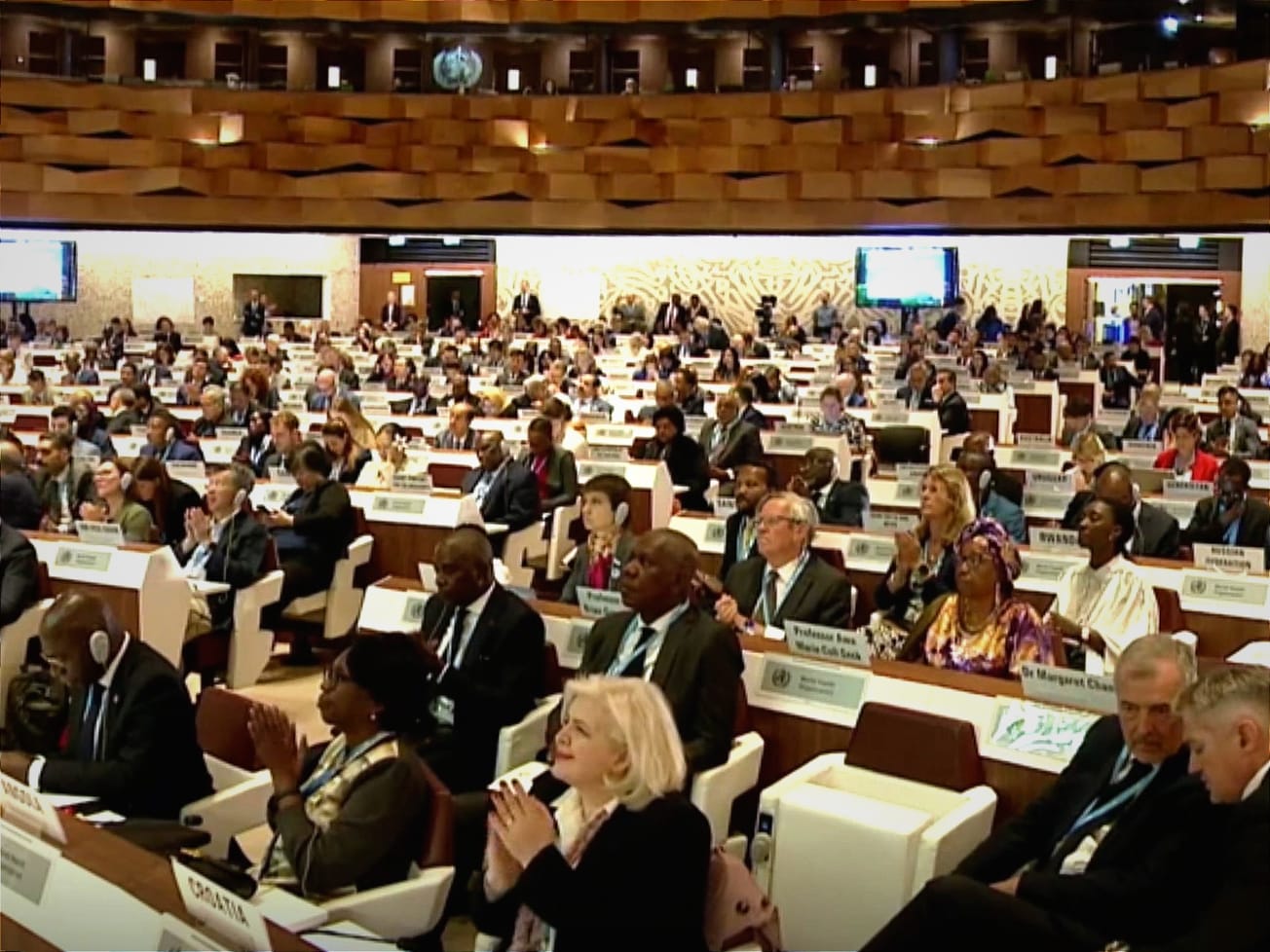GENEVA (AN) — The Organization for Economic Cooperation and Development's chief predicted that politicians who fail to take climate action by shaping policies for "our children's future" will be voted out.
OECD Secretary-General Ángel Gurría, a Mexican economist and diplomat, urged the governments of his 36-nation organization on Wednesday to heed the pressure from millions of angry youth and other citizens worried about the overheating planet.







